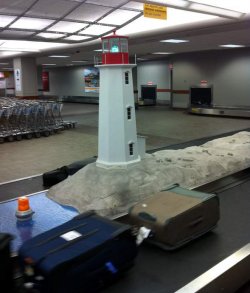On April 10, 1912, the RMS Titanic left Southampton, England on her maiden voyage. After stops at Cherbourg, France and Queenstown (now Cobh), Ireland, she steamed for New York, USA carrying over 2, 200 passengers and crew.
Four days later, on Sunday, April 14 at 11:40 pm, Titanic struck a giant iceberg and by 2:20 am on April 15, the “unsinkable ship” was gone. In less than three hours, the pride of the White Star Line had become one of the greatest marine disasters in recorded history.
Within days of the sinking, the White Star Line dispatched the first of four Canadian vessels to search for bodies. The first two vessels to carry out this grim task were the Halifax-based Cable Ships Mackay-Bennett and Minia, which recovered 306 and 17 victims respectively. In all, 150 unclaimed victims were laid to rest in Halifax, forever linking the city to the vessel’s tragic tale.
Today, the city of Halifax and the Province of Nova Scotia retain many reminders of the way in which the tragedy of the Titanic touched the lives of those who lived here. From the gravestones of victims, to memorial monuments; preserved fragments of the vessel, to original photographs and documents; stories passed down through generations, to new insights and discoveries; Nova Scotians have remained respectful keepers of the vessel’s memory.







